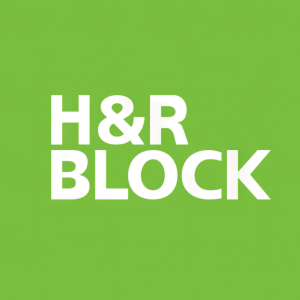H&R Block Announces Quarterly Cash Dividend
- None.
- None.
Insights
The declaration of a quarterly cash dividend of $0.32 per share by H&R Block represents a continuation of the company's long-standing policy of returning value to its shareholders. This policy is reflective of a stable and confident financial position, often associated with mature and established companies. The consistent payment of dividends over sixty years underscores the company's commitment to providing a predictable income stream to investors, which can be particularly attractive to income-focused shareholders.
From a financial analytical perspective, the growth of the dividend over 60% since 2016 indicates a robust financial performance and a management team confident in the company's ability to generate sufficient cash flow to support both its operational needs and shareholder returns. The $3.8 billion returned to shareholders through dividends and share repurchases also suggests a shareholder-friendly capital allocation policy. However, investors should also consider the opportunity cost of these payouts, as funds used for dividends and repurchases could alternatively be invested back into the company for growth initiatives.
An increase in dividend payouts can often signal to the market that a company is in good financial health and expects stable to increasing profits in the future. For H&R Block, a company operating in the tax preparation industry, this could reflect an optimistic outlook on the demand for their services, potentially driven by complexities in tax legislation or a growing customer base.
It's important to consider the competitive landscape and how H&R Block's dividend yield compares to its peers. A higher yield can make a company's stock more attractive to investors looking for income, potentially boosting the stock's performance. However, an exceptionally high yield compared to industry norms could also raise questions about sustainability if not supported by underlying financial strength.
Dividend declarations can also be interpreted within the broader economic context. In a low-interest-rate environment, for instance, dividends become a more sought-after form of yield, potentially increasing the attractiveness of dividend-paying stocks like H&R Block. Conversely, in a rising interest rate environment, the relative appeal of dividends may diminish as investors seek higher yields from fixed-income securities.
The long-term commitment to dividend payments could also be seen as a defensive strategy by H&R Block against economic downturns. By maintaining a steady dividend, the company may appear more resilient to market volatility, which can reassure investors during periods of economic uncertainty.
KANSAS CITY, Mo., Jan. 31, 2024 (GLOBE NEWSWIRE) -- H&R Block, Inc. (NYSE: HRB) (the “Company”) today announced that its Board of Directors declared a quarterly cash dividend of
Since 2016, the Company has grown the dividend over
About H&R Block
H&R Block, Inc. (NYSE: HRB) provides help and inspires confidence in its clients and communities everywhere through global tax preparation services, financial products, and small-business solutions. The company blends digital innovation with human expertise and care as it helps people get the best outcome at tax time, and be better with money using its mobile banking app, Spruce. Through Block Advisors and Wave, the company helps small-business owners thrive with year-round bookkeeping, payroll, advisory, and payment processing solutions. For more information, visit H&R Block News on X.
1 Dividend growth is calculated as percentage growth from the April 2016 dividend.
For Further Information
Investor Relations:
Michaella Gallina, (816) 854-3022, michaella.gallina@hrblock.com
Jordyn Eskijian, (816) 854-5674, jordyn.eskijian@hrblock.com
Media Relations: Teri Daley, (816) 854-3787, teri.daley@hrblock.com

FAQ
What is the dividend amount declared by H&R Block, Inc. (HRB)?
When is the dividend payable to shareholders of H&R Block, Inc. (HRB)?
How long has H&R Block, Inc. (HRB) been paying quarterly dividends?
What is the percentage growth in dividends for H&R Block, Inc. (HRB) since 2016?







